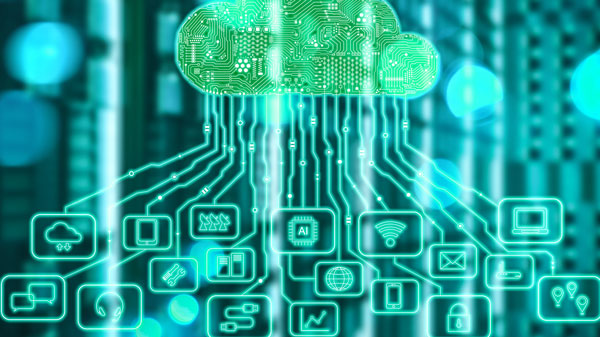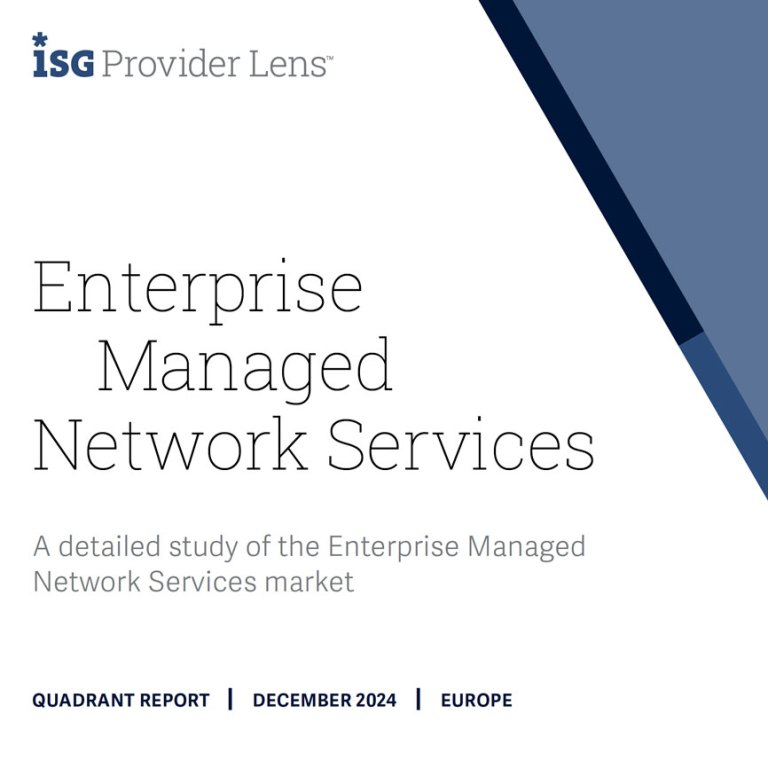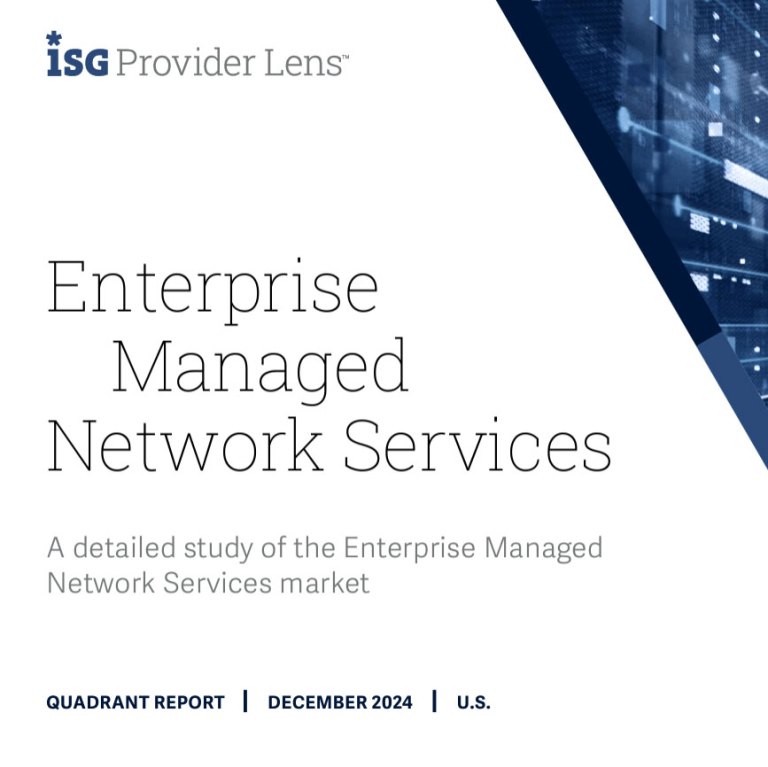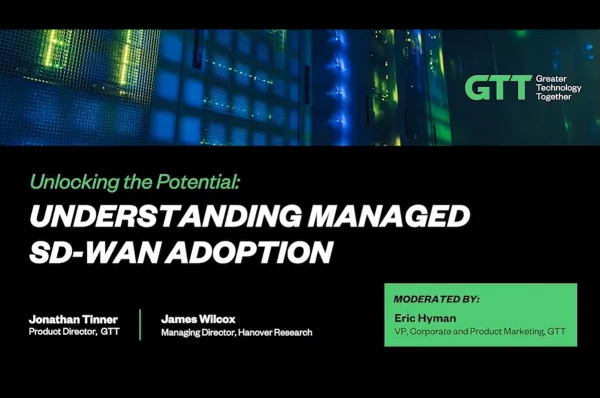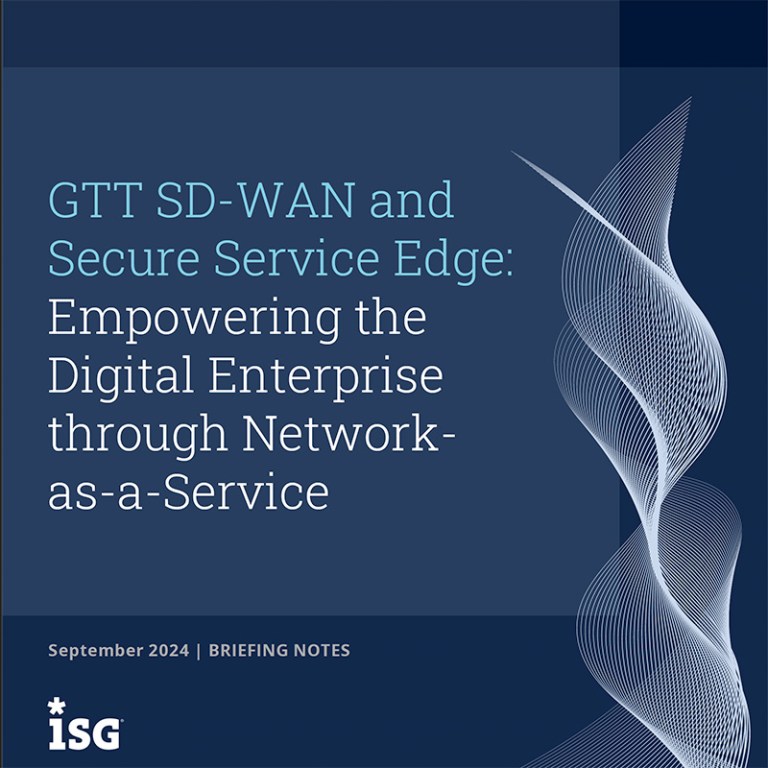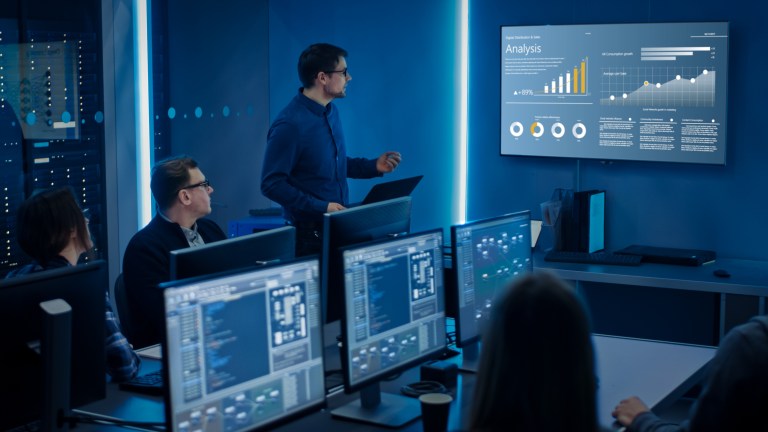In 2024, cybersecurity is a critical concern for businesses of all sizes. As global data breaches increase by 72% in 2023 alone, the consequences of inadequate security are dire, with the average cost of a data breach projected to reach $4.88 million. More than ever, organizations must take proactive measures to stay ahead of emerging threats.
At GTT, we lead the way in offering secure, reliable, and scalable IT security solutions. Our goal is to help you maintain business continuity and protect your operations, data, and customer trust. Below, we outline the cybersecurity trends that will shape the future of your business and offer insights on staying secure.
The Current Cybersecurity Landscape
Cybersecurity trends are becoming increasingly complex as the way globally distributed enterprises utilize technology rapidly evolves. Cutting-edge solutions are no longer a “nice to have” feature but a strategic necessity to ensure secure connectivity and protection.
But how do you prioritize your protection efforts? A good starting point is to consider the most common culprits of data breaches. So, what are the top three trends in the cybersecurity industry? While the specific threats you’ll face will depend on your business’s type and operational model, your top concerns are likely to involve ransomware, cloud vulnerabilities, and remote workforce challenges:
- Human Error and Phishing Vulnerabilities: Human error is a leading cause of data breaches, and phishing via email remains a primary method attackers use to exploit this vulnerability. In fact, it takes less than 60 seconds for an organization to become exposed if an individual clicks on a malicious email. Simple mistakes—such as weak passwords, accidental sharing of sensitive information, or falling for phishing scams—are responsible for 88% of data breaches.
- Ransomware: Ransom attacks have surged in recent years, crippling entire organizations and costing billions in damages and lost data. A recent industry report revealed that only 16% of companies recover their data without paying a ransom, and 29% of those that do are still unable to recover their data.
- Cloud Vulnerabilities: As more businesses migrate to the cloud, ensuring secure access to data and applications is a top priority — especially considering that 79% of companies have experienced at least one cloud data breach in the past 18 months, and 43% say they’ve had ten or more.
- Remote Work Challenges: Remote environments expose your company to threats from unsecured home networks and personal devices. Phishing is still one of the leading trends in cybersecurity in a remote setting. These instances have surged by 62% due to work-from-home (WFH) business models.
While these threats dominate the current cybersecurity landscape, it’s important to remember that cyber risks evolve as quickly as the technologies we rely on. Therefore, developing a comprehensive security strategy tailored to your unique business needs is essential.
Top 12 Cybersecurity Trends of 2025
Looking ahead, the cybersecurity landscape will continue to evolve. Below are 12 cybersecurity industry trends to watch out for in 2025:
1: Artificial Intelligence and Machine Learning
AI and machine learning (ML) are revolutionizing the industry, allowing for faster threat detection and automated responses. AI and ML technologies can analyze vast amounts of data in real-time, identifying patterns that a human might miss.
While AI and ML are not yet central to every security solution, they are paving the way for more proactive threat detection capabilities. For instance, AI-powered threat monitoring may soon complement traditional security efforts, alleviating some of the load on internal teams. As these technologies evolve, they hold potential for integration in security strategies to counter emerging threats.
2: Zero Trust Architecture
As more and more businesses shift towards cloud-first and remote work models, traditional perimeter defenses are no longer sufficient. That’s why the Zero Trust model, which operates on the principle of “never trust, always verify,” has emerged as a critical approach.
At GTT, all our proprietary technology is designed using Zero Trust Architecture. For instance, our SASE (Secure Access Service Edge) solutions ensure that every user, device, and application is continuously authenticated and monitored, regardless of location.
3: Rise of Ransomware Attacks
As we highlighted in the previous section, ransomware remains one of the most damaging trends in cyber security for businesses globally. As incidents become more frequent and costly, a robust defense strategy is crucial to eliminating the potentially devastating financial and reputational impacts.
GTT offers integrated security services that help detect ransomware activity early, minimizing the risk of widespread damage. Our real-time monitoring focuses on protecting critical infrastructure and securing backup repositories—often a primary target for ransomware attacks—helping ensure business continuity in the face of evolving threats.
4: Cloud Security Enhancements
With multi-cloud organizational environments becoming the norm, securing cloud access has never been more vital. The priority in any WFH or hybrid model is to protect company information against unauthorized access and breaches as data is migrated to the cloud.
To help mitigate the risk of cloud breaches, GTT offers managed SD-WAN services along with Cloud Access Security Broker (CASB) capabilities. This combination provides secure, encrypted connections and ensures that only authorized users can access cloud resources, with traffic prioritization for mission-critical applications. This enables your business to safely leverage cloud benefits while maintaining robust security and optimal performance.
5: Increased Focus on Data Privacy
Hard-hitting international regulations like the GDPR and state-specific measures like the CCPA mean that ensuring data privacy is no longer optional — it’s a legal requirement. Moreover, non-compliant businesses face significant fines.
GTT can help you meet international standards like GDPR and CCPA, ensuring that data privacy is built into your network security infrastructure.
6: Cyberattacks on Critical Infrastructure
Businesses in the energy, healthcare, and transportation sectors face increasingly sophisticated cyberattacks, often from malicious actors targeting vulnerabilities in third-party vendors and supply chain partners. To prevent disruptions to essential — and sometimes lifesaving — services, real-time defenses, and automated responses must protect your critical infrastructure.
GTT’s global platform and DDoS Mitigation services offer round-the-clock safeguarding against targeted attacks, ensuring always-on to secure your mission critical infrastructure.
7: Mitigating Insider Threats
Insider threats — whether intentional (i.e., espionage and sabotage) or accidental (e.g., employees using external storage devices or accessing data unrelated to their jobs) — are among the most challenging cybersecurity trends to manage. So, along with enhanced security measures, comprehensive employee training is essential.
GTT’s SASE solutions include DLP capabilities, providing identity-based access controls and continuous monitoring to detect unusual data movement. With real-time visibility into user activities, businesses can better protect sensitive information, reducing the risk of data breaches from insider threats.
8: Quantum Cryptography
With the advancement of quantum computing, traditional encryption methods are becoming vulnerable. Quantum cryptography is emerging as an invaluable solution in the fight to secure communications in this new era. By exploiting the naturally occurring properties of quantum mechanics to encrypt data, you can eliminate hacking by ensuring only the person with the correct quantum key can access and decrypt it.
GTT is proactively exploring quantum-resistant encryption to help businesses protect their data and communications against future quantum-based threats.
9: Phishing and Social Engineering Attacks
Phishing and social engineering attacks that exploit human vulnerabilities remain among the most common data security trends. As phishing attacks become more sophisticated, the likelihood of human error increases, necessitating real-time protection.
GTT’s AI-powered threat detection tools recognize and respond to phishing attempts as they occur, ensuring your employees and systems are always protected.
10: The Internet of Things (IoT) Security
The rapid adoption of IoT devices in industries like healthcare, manufacturing, transportation, and smart city design has significantly expanded attack surfaces. Some organizations have hundreds of thousands of connected devices, making protection against data breaches, malware, and DDoS attacks vital.
GTT provides robust security solutions to ensure secure IoT deployment across various sectors. Our network infrastructure supports scalability while simultaneously mitigating potential vulnerabilities.
11: Mobile Security
With the rise of mobile device use for both personal and professional purposes, businesses face increasing risks of mobile-based cyberattacks like phishing, malware, and unsecured app use. Mobile devices are a particularly essential focal point due to the tasks they are frequently utilized for, such as financial transactions and personal communications.
As the mobile workforce grows, mobile security will become even more critical. GTT’s security solutions offer multi-layered protection for mobile devices, ensuring secure access to corporate networks and sensitive data, whether employees are working remotely or on the go.
12: Blockchain Technology
Blockchain technology is gaining traction for securing transactions and preventing data tampering. As cyber threats evolve, blockchain’s decentralized nature makes it a valuable tool for enhancing cybersecurity frameworks, especially in finance and supply chain management.
As with all other rising cybersecurity trends, GTT is exploring blockchain’s potential to provide stronger, more secure infrastructure so we can continue to offer our customers peace of mind when managing sensitive data in industries requiring high levels of trust and transparency.
How to Prepare for Future Cybersecurity Challenges
Securing your business goes beyond addressing today’s IT security trends and threats; it’s about future-proofing your operations. Here are some key actions you can take to stay ahead:
- Implement 24/7 Threat Monitoring: Cyberattacks can occur at any moment. Real-time monitoring ensures that threats are detected and addressed immediately, minimizing damage and disruption.
- Automate Incident Response: Automation speeds up incident response times by reducing manual efforts, allowing for swift containment and minimal downtime.
- Conduct Regular Security Assessments: Ongoing assessments help you identify vulnerabilities and address potential gaps as they occur — and, most essentially, before they can be exploited.
- Prioritize Backup and Disaster Recovery: Cyber resilience isn’t just about prevention. It’s about recovery, too. Effective data recovery plans are necessary for bouncing back after an attack.
- Train Employees to Recognize Threats: Human error is a leading cause of breaches. Ongoing training programs ensure that employees can effectively recognize and respond to potential threats.
- Conduct thorough vendor assessments: Evaluating the cybersecurity protocols of supply chain partners is essential to ensure they meet your company’s standards and do not introduce additional risk.
- Implement Multi-Factor Authentication (MFA): MFA adds an extra layer of security by requiring users to verify their identity through multiple methods before gaining access to your systems.
By combining these proactive measures with a comprehensive cybersecurity strategy, your business can stay one step ahead of potential threats, reduce vulnerabilities, and ensure that both prevention and recovery are built into your operations.
Strengthen Your Cybersecurity with GTT
Cybersecurity trends are a moving target, and staying secure requires more than just technology — it requires a trusted partner. GTT offers a full suite of solutions, including Managed SD-WAN, DDoS Mitigation, SASE, Professional Services, Secure Remote Access, and Managed Firewall, to safeguard your network and critical infrastructure.
Are you ready to navigate today’s cybersecurity challenges with confidence? Talk to our experts to learn how GTT can protect your business from current and future threats.


